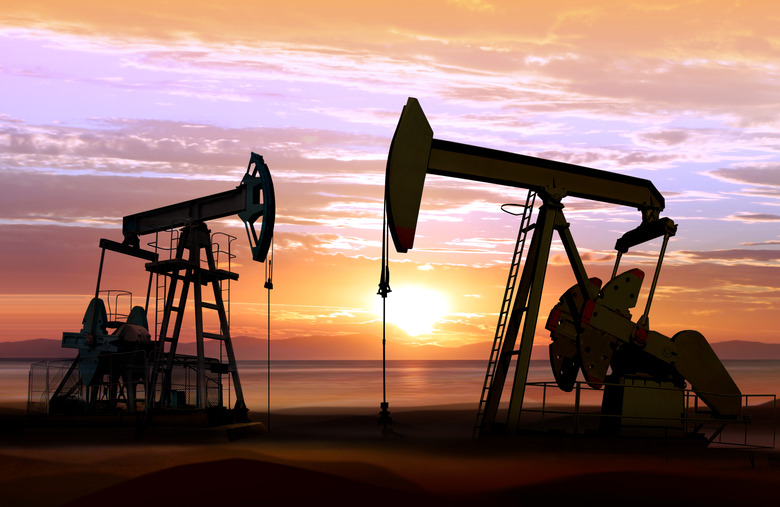List Of Natural Resources In The Coastal Plains
Coastal plains are flat, low-lying areas adjacent to coastlines. They may be separated from surrounding areas by hills or mountains, or they may transition gradually into higher ground. Partly because they were underwater at some time in the past, they are often areas of rich, fertile soil as well as repositories of important natural resources. They may support forests, and because of sediment that has been deposited there, can be rich in minerals. The plains along the Gulf Coast in the United States are an important repository for natural gas and other fossil fuels.
Forestry and Timber
Forestry and Timber
Before settlement, the Coastal Plain supported pine and hardwood forests. Most original forests were cleared for agriculture and settlement, but Coastal Plain states have active forestry programs that produce quality timber. Virginia is an example, supplying timber, logs, veneers and other forest service products from native species and managed forests to a global market. Trees grow faster in the Coastal Plain and have a heavier-textured wood. Species harvested include white and red oaks, tulipwood, soft maple, hickory, southern yellow pine, maple and black walnut. Bald cypress is another major timber tree, native to still-water swamps and moist soils from southern Delaware south through Florida and west along the Gulf Coast to Texas. Its wood is decay-resistant and used in building, boat planking, fence posts, finish carpentry and cabinetry.
Rocks and Sediments
Rocks and Sediments
The Coastal Plain has abundant deposits of sand and gravel washed down along rivers and streams. These are mined and used in cement and road fills. Clays are also common, with several types that have distinct uses. The Southeast Coastal Plain, especially Georgia and South Carolina, lead the nation in clay production. Kaolin or China clay goes into fine porcelain and industrial processes. Other clays include absorbent fuller's earth, ball clay used in ceramics, and common clay used in brick-making. Limestone occurs as a sedimentary bedrock, mined for use in construction, as crushed stone, and for use in cement and concrete. Florida and Alabama Coastal Plain areas are important limestone producers.
Fuel Resources
Fuel Resources
The Gulf Coast Coastal Plain possesses oil and natural gas deposits. In Texas, every coastal county produces some oil and natural gas. Louisiana has gas plants and oil refineries scattered throughout its part of the Coastal Plain. Alabama produces over $2.4 billion annually of oil and gas. The U.S. Geological Survey estimated in 2011 that significant undiscovered natural gas resources exist in Mesozoic basins underneath Coastal Plain areas of Delaware, Maryland, Virginia, North and South Carolina, Georgia and Florida. Deposits of brown coal, or lignite, occur throughout Texas' Coastal Plain from the Rio Grande near Laredo to the Arkansas and Louisiana borders on the east.
Minerals
Minerals
Ancient sea bed and river deposition of mineral and metal ores resulted in placer deposits in the Coastal Plain. Mineral resources include:
- gypsum
- bauxite
- phosphate
- bentonite
- mica
- titanium
- zirconium
- perlite
- vermiculite
Virginia's Coastal Plain contains deposits of potash or potassium carbonate and the rare earth elements cerium and neodymium. In the Texas Coastal Plain, molybdenum is found in association with uranium ores. Sulfur comes from deposits in the cap rock material of some of the salt domes along the Texas Gulf Coast.
Cite This Article
MLA
Csanyi, Carolyn. "List Of Natural Resources In The Coastal Plains" sciencing.com, https://www.sciencing.com/list-natural-resources-coastal-plains-9410/. 19 April 2018.
APA
Csanyi, Carolyn. (2018, April 19). List Of Natural Resources In The Coastal Plains. sciencing.com. Retrieved from https://www.sciencing.com/list-natural-resources-coastal-plains-9410/
Chicago
Csanyi, Carolyn. List Of Natural Resources In The Coastal Plains last modified March 24, 2022. https://www.sciencing.com/list-natural-resources-coastal-plains-9410/
